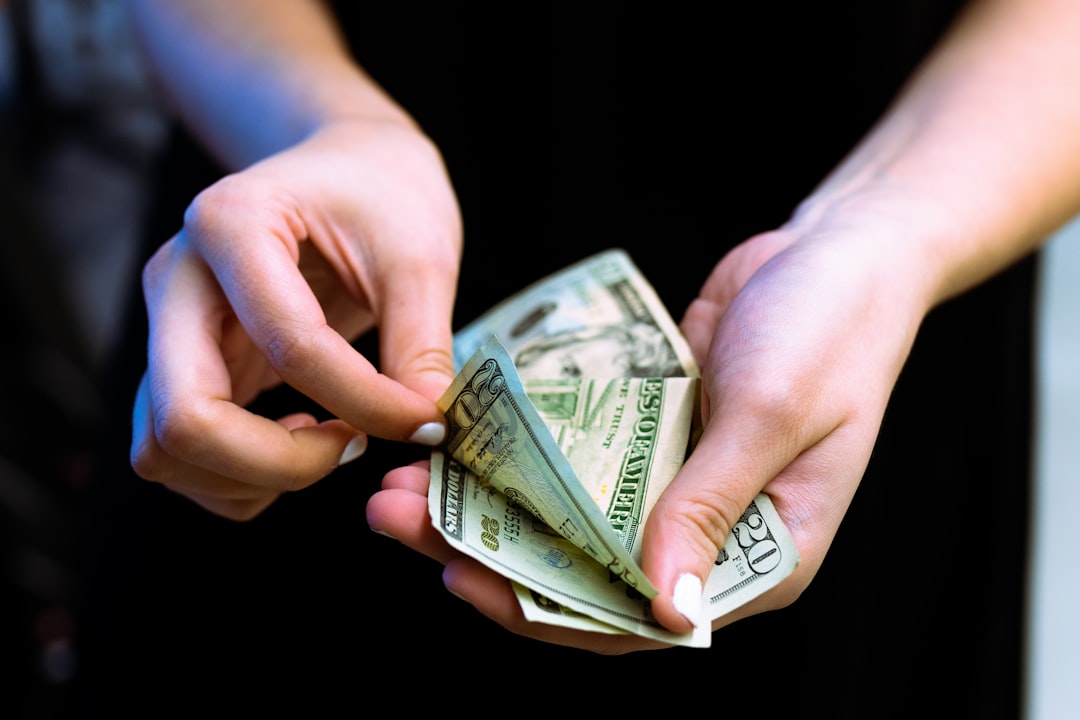 Photo from Unsplash
Photo from Unsplash
Originally Posted On: https://www.empower.com/the-currency/money/buy-now-pay-later-bnpl-news
The rise of “buy now, pay later”
The number of people using “buy now, pay later” to pay for purchases rose 17% year-over-year, with the latest total spend per user clocking in at $289, according to Empower Personal DashboardTM data from April 2024.
Some 15 million people (around 6.5% of the U.S. population) used “buy now, pay later” to pay for groceries in 2023.1 The amount of BNPL funding that went toward grocery purchases rose 40% between early 2023 and 2024 – the segment of spending that jumped more than any other product category.2
And the trend keeps paying forward online: A record high of $25.9 billion of e-commerce spending between January 2024 and April 2024 involved BNPL platforms, accounting for an 11.8% year-over-year increase.3
It’s expected that usage of “buy now, pay later” will continue to grow: One industry report estimates BNPL to power up to $84.8 billion of consumer spending in 2024, about 13% more than last year.3
Let’s look into how this financial option works.
What it means to “buy now, pay later”
Installment loans – more commonly referred to as “buy now, pay later” loans – allow people to break up one transaction into several payments, and there are usually little to no interest charges or fees involved, depending on the service provider.
According to a recent report, more than a third of U.S. adults (39%) have used at least one BNPL service for a purchase.4
What makes “buy now, pay later” different
While consumers may see BNPL loans as a way to easily break up payment commitments, it functions differently than the more-common credit card.
These installment loans are typically not included on consumers’ credit reports or accounted for in their credit scores, which could give BNPL users an incomplete picture as they look to pay off debt.5
And younger generations in particular may have less visibility: Consumers ages 35 and younger make up 53% of “buy now, pay later” users – but just 35% of traditional credit-card holders.2
Getting started with a “buy now, pay later” loan can also happen more quickly (typically at the point-of-sale when completing a transaction) and with fewer touchpoints for consumers (a soft credit inquiry vs. a hard inquiry for credit cards), compared with acquiring a new credit card.6
A balanced approach
Some shoppers may see BNPL’s setup as lightening the load of spending, while others may find it a potential pitfall in taking on debt.
Empower research found that getting a handle on debt is a key goal for half of consumers right now: 52% of Americans would put a windfall that comes their way – like a tax refund or work bonus – toward paying down debt.
As these installment loans become more prevalent Americans’ budgeting strategies – perhaps outside the grocery store and online shopping, and for bigger lifestyle purchases like medical procedures7 – it’s important for consumers to consider how it fits into their wider financial plan.
Getting money goals in order can be a good starting point to become aware of the various accounts and income at stake. Consulting with a financial professional could help keep finances front of mind – for both now and later.